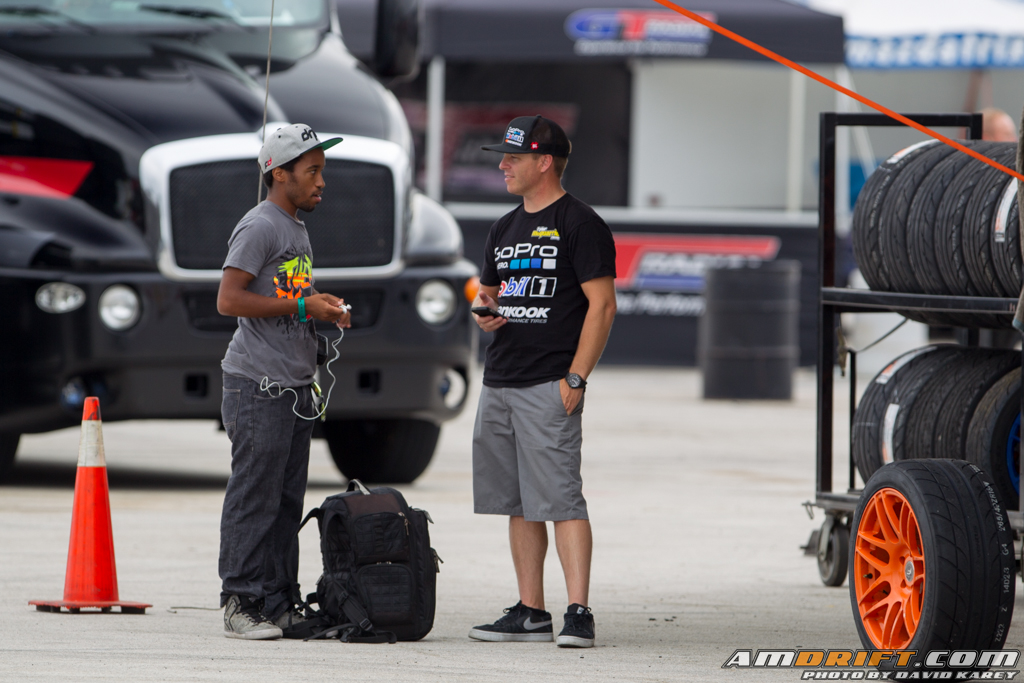As we learned in the last article, a beast of a machine under your foot is required to run Formula Drift. Formula D isn’t a place where your 500whp car can make it, unless you have some serious skill or a beefy setup with enough grip that allows you to change the Earth’s rotation at any given time. But, it’s not just the car that makes you successful in Formula D, you have to know everything behind the scenes. It’s more than just hopping in the car and driving. As a follow up to the first “What It Takes” article, I decided to go deeper with the drivers in Texas and show a little more behind the scenes, and how dedicated you have to be in order to run a season of Formula Drift.
How important is making sure all the little things on the car work right?
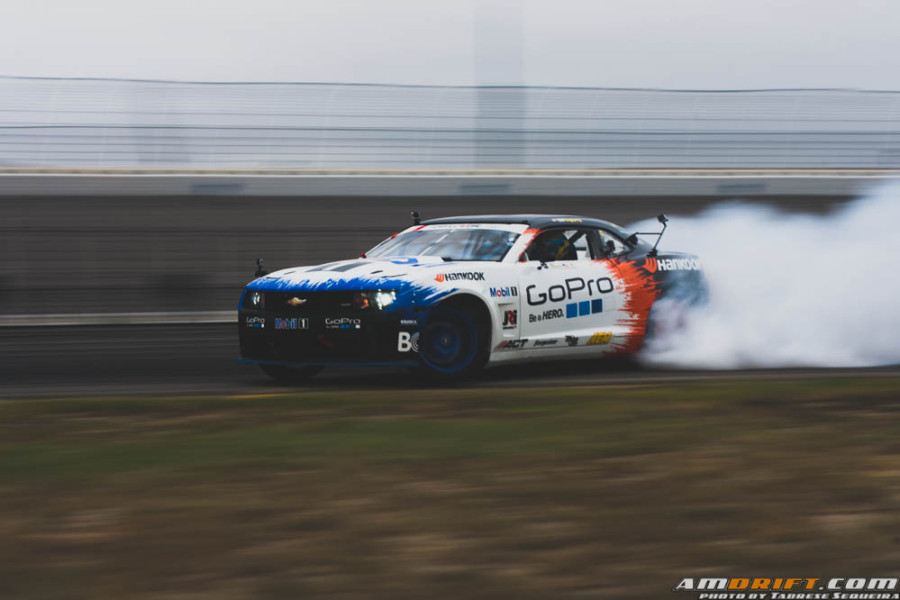 McQuarrie: “Formula D now is so competitive that you have to have everything in line as far as the prep on the car, making sure you have all the right spare parts, making sure you’ve gone through everything, and because it’s so competitive, you can’t be in a position to where you’re giving up in a certain area whether it’s reliability or anywhere else. So, there’s a lot of work behind the scenes that goes on in between events. The car goes back to the shop, literally gets torn apart, gone through everything, check everything, making sure everything good, repair anything that was an issue, as well as a lot of R&D. This car, even just this year, has changed a lot from Long Beach. We’ve changed a lot of suspension stuff, we’re trying different things, and constantly trying to make the car faster because every other team out there is making their cars faster every single round. It’s hard to see it from the outside, but even within one season, the progression within the field is huge. If you’re strictly doing maintenance, you’re going to be left behind. It just goes back to making sure everything is tied up and it’s being organized, and being meticulous with everything you do, and not just having that kind of mentality that it’s good enough. Even when you’re throwing an alignment on it, it’s gotta be perfect, because everything counts. Now Formula D is a game of inches, and just being a couple of inches off can end your whole weekend.”
McQuarrie: “Formula D now is so competitive that you have to have everything in line as far as the prep on the car, making sure you have all the right spare parts, making sure you’ve gone through everything, and because it’s so competitive, you can’t be in a position to where you’re giving up in a certain area whether it’s reliability or anywhere else. So, there’s a lot of work behind the scenes that goes on in between events. The car goes back to the shop, literally gets torn apart, gone through everything, check everything, making sure everything good, repair anything that was an issue, as well as a lot of R&D. This car, even just this year, has changed a lot from Long Beach. We’ve changed a lot of suspension stuff, we’re trying different things, and constantly trying to make the car faster because every other team out there is making their cars faster every single round. It’s hard to see it from the outside, but even within one season, the progression within the field is huge. If you’re strictly doing maintenance, you’re going to be left behind. It just goes back to making sure everything is tied up and it’s being organized, and being meticulous with everything you do, and not just having that kind of mentality that it’s good enough. Even when you’re throwing an alignment on it, it’s gotta be perfect, because everything counts. Now Formula D is a game of inches, and just being a couple of inches off can end your whole weekend.”
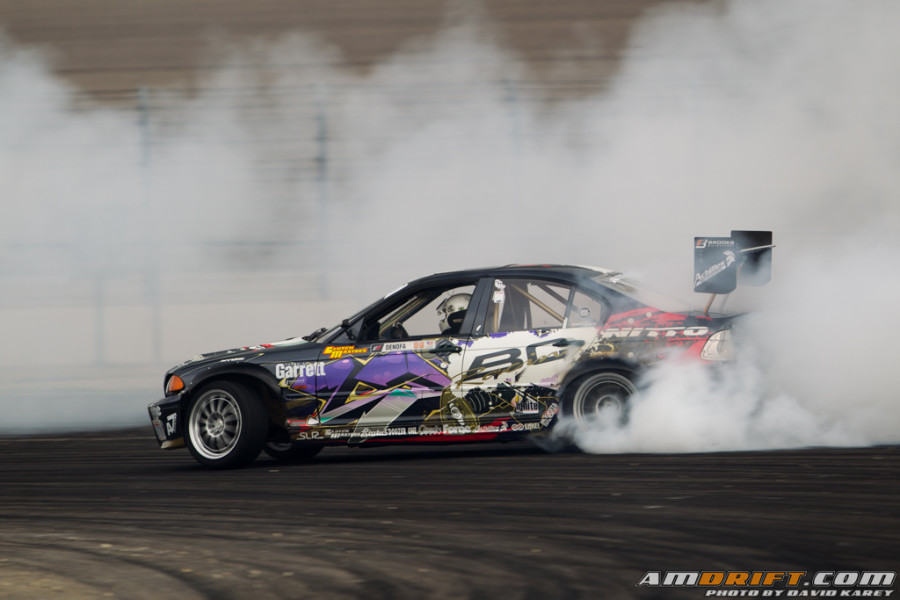 DeNofa: “In Formula D, it’s definitely important to have the full package. A lot of guys come in not really realizing how much work it is and how good of a team you need to have. I mean, obviously you can show up with a couple friends, knock it out, and make sure it works. But you really need a team that’s structured and knows exactly what each part of the team is doing, as well as keeping the car and your crew in good relation to keep everything moving forward.”
DeNofa: “In Formula D, it’s definitely important to have the full package. A lot of guys come in not really realizing how much work it is and how good of a team you need to have. I mean, obviously you can show up with a couple friends, knock it out, and make sure it works. But you really need a team that’s structured and knows exactly what each part of the team is doing, as well as keeping the car and your crew in good relation to keep everything moving forward.”
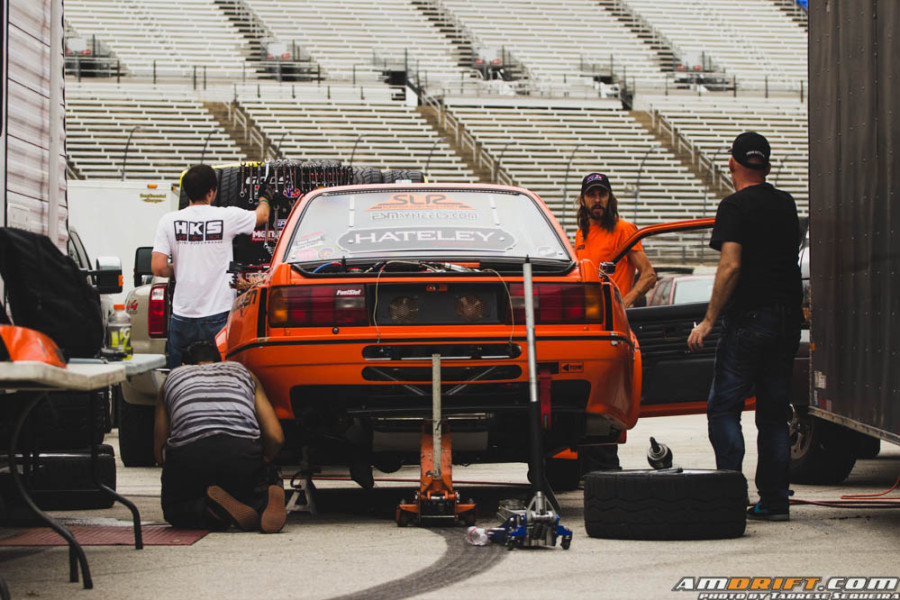 Hateley: “That’s pretty much everything. Any large component is made up of many little things. Every part of the car has to function properly to make it all work. Every fitting, every plug, bolt, nut has to be checked over, double checked over, and made sure it’s ready for when you’re at the track.”
Hateley: “That’s pretty much everything. Any large component is made up of many little things. Every part of the car has to function properly to make it all work. Every fitting, every plug, bolt, nut has to be checked over, double checked over, and made sure it’s ready for when you’re at the track.”
How important is making sure you get seat time in the car before a round?
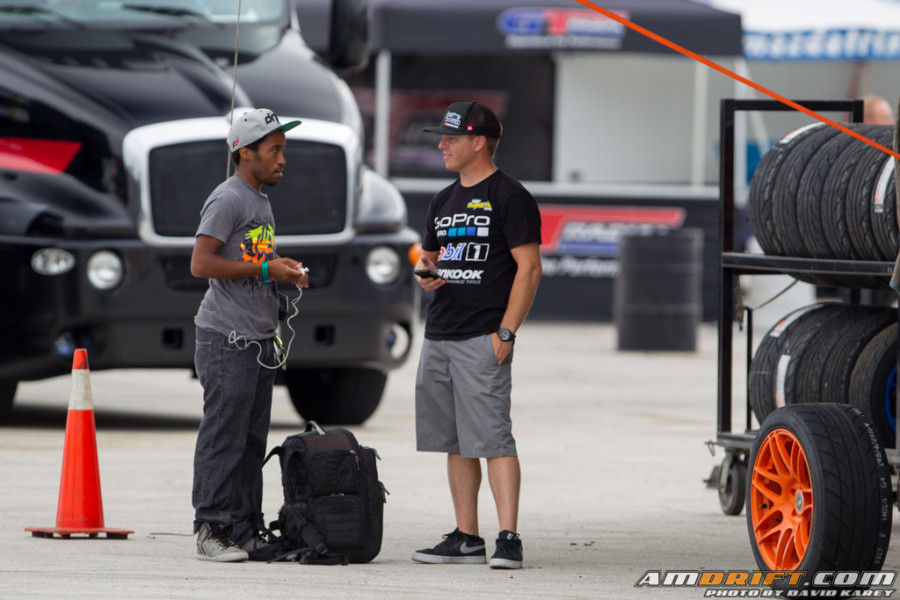 McQuarrie: “Seat time is everything. I’ve been drifting for 11 years now, but I also race, so I’m constantly in a car, but I’m not constantly drifting. Even in this stage of my career, I’m constantly wishing I had more seat time in the Camaro. But unfortunately, I haven’t been in this car since Seattle. In practice, those were my first runs since then, and it’s been almost two months. I think I’m in a point in my career where I can jump in the car and flip the switch. Last week I was racing in IMSA, and it’s a totally different mindset. I’m comfortable enough to where I can flip the switch & change my mindset. But, I can see within a weekend if we get good, long practices with no mechanical issues and I’m out there driving, I get way better. I wish I had more time to go out and test the car, go run events and do tandem. This year I feel the strongest I’ve been qualifying wise and in lead runs, but I still don’t have enough tandem seat time. Today I spent all my time just following because it’s an area I know I need to improve. You have to be honest with yourself and know all the variables with the car, setup, motor, tires and yourself to knowing you need to make yourself better. You’re never going to stop improving as a driver.”
McQuarrie: “Seat time is everything. I’ve been drifting for 11 years now, but I also race, so I’m constantly in a car, but I’m not constantly drifting. Even in this stage of my career, I’m constantly wishing I had more seat time in the Camaro. But unfortunately, I haven’t been in this car since Seattle. In practice, those were my first runs since then, and it’s been almost two months. I think I’m in a point in my career where I can jump in the car and flip the switch. Last week I was racing in IMSA, and it’s a totally different mindset. I’m comfortable enough to where I can flip the switch & change my mindset. But, I can see within a weekend if we get good, long practices with no mechanical issues and I’m out there driving, I get way better. I wish I had more time to go out and test the car, go run events and do tandem. This year I feel the strongest I’ve been qualifying wise and in lead runs, but I still don’t have enough tandem seat time. Today I spent all my time just following because it’s an area I know I need to improve. You have to be honest with yourself and know all the variables with the car, setup, motor, tires and yourself to knowing you need to make yourself better. You’re never going to stop improving as a driver.”
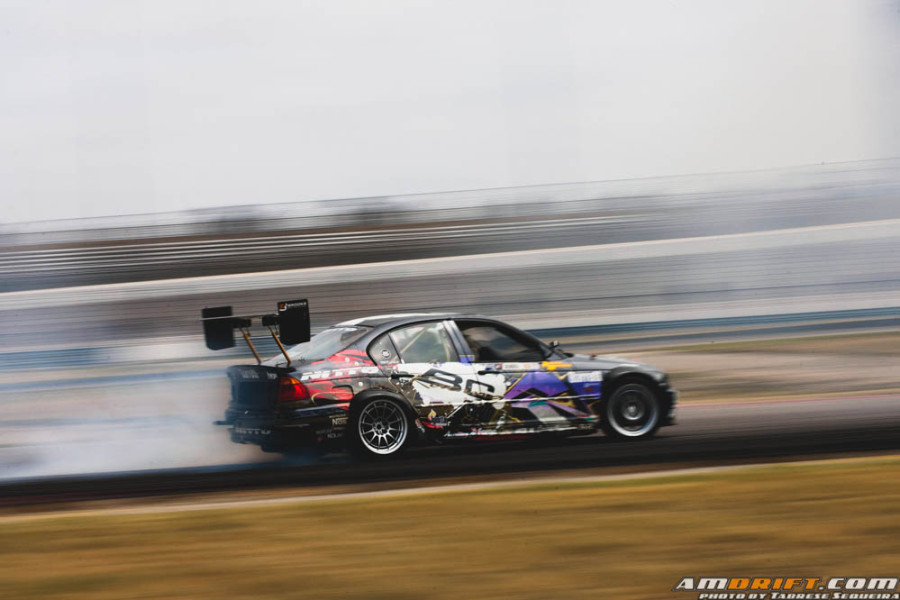 DeNofa: “As far as seat time and how much you’re driving, if you’re able to make Top 32 in Formula D, that means you are gonna get a practice session and quite a bit of driving in. We get enough driving in at a Formula D event to where we are comfortable and able to do the track exactly how we want to. Outside of Formula D, I do a lot of driving in other cars, not necessarily my FD car, just to keep my driving sharp and trying to keep the least amount of miles on the FD car as possible just because our budget is so low. If you have a bigger budget, you obviously can drive the car as much as you want.”
DeNofa: “As far as seat time and how much you’re driving, if you’re able to make Top 32 in Formula D, that means you are gonna get a practice session and quite a bit of driving in. We get enough driving in at a Formula D event to where we are comfortable and able to do the track exactly how we want to. Outside of Formula D, I do a lot of driving in other cars, not necessarily my FD car, just to keep my driving sharp and trying to keep the least amount of miles on the FD car as possible just because our budget is so low. If you have a bigger budget, you obviously can drive the car as much as you want.”
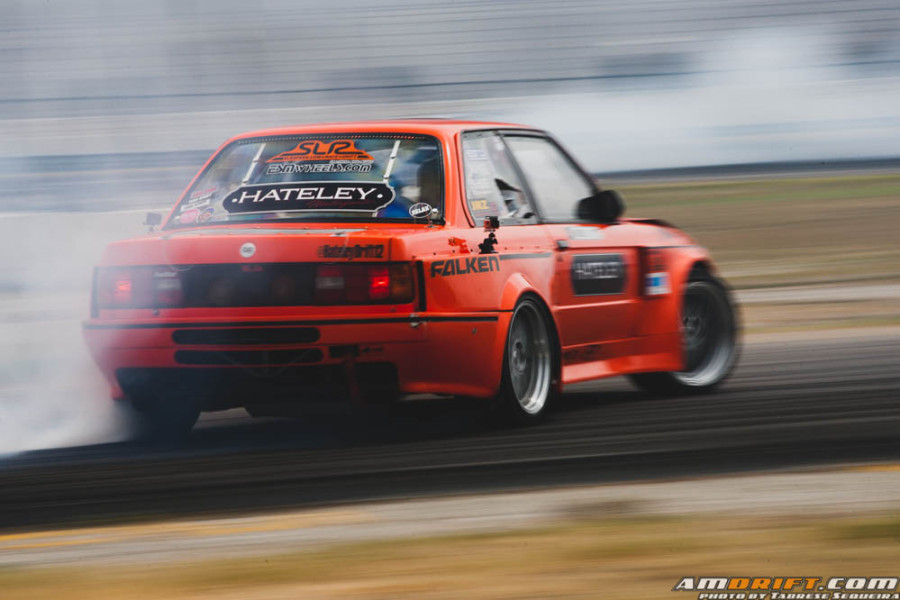 Hateley: “Sort of the number one thing. If you’re not comfortable in the car in every aspect on different tracks, with elevation changes and embankments, different speeds, and different types of tracks, it should basically be your number one focus once getting into Formula D. Every track is very different and has its own little thing that you have to learn how to do, and do differently. The entry in Atlanta is a lot different than the entry in Florida, or the entry in Seattle is different from Irwindale, which are similar tracks. Everything is so different at every track, so your experience that you have in a car beforehand directly reflects that. If you’re used to high speed entries, that will show. If you’re used to sweepers and banked tracks, it’s gonna show. So driving at a single track, say if you only drive Irwindale, it’s all you’re gonna have experience on. If you go to Atlanta where you’re coming in very hot to a 90 degree corner and you have to e-brake and slow the car down from 100 mph to 50 or so, it’s a lot different than starting a long sweeper where you’re generally on throttle pretty much the whole entire time.”
Hateley: “Sort of the number one thing. If you’re not comfortable in the car in every aspect on different tracks, with elevation changes and embankments, different speeds, and different types of tracks, it should basically be your number one focus once getting into Formula D. Every track is very different and has its own little thing that you have to learn how to do, and do differently. The entry in Atlanta is a lot different than the entry in Florida, or the entry in Seattle is different from Irwindale, which are similar tracks. Everything is so different at every track, so your experience that you have in a car beforehand directly reflects that. If you’re used to high speed entries, that will show. If you’re used to sweepers and banked tracks, it’s gonna show. So driving at a single track, say if you only drive Irwindale, it’s all you’re gonna have experience on. If you go to Atlanta where you’re coming in very hot to a 90 degree corner and you have to e-brake and slow the car down from 100 mph to 50 or so, it’s a lot different than starting a long sweeper where you’re generally on throttle pretty much the whole entire time.”
Logistically, how much time is spent preparing for a season?
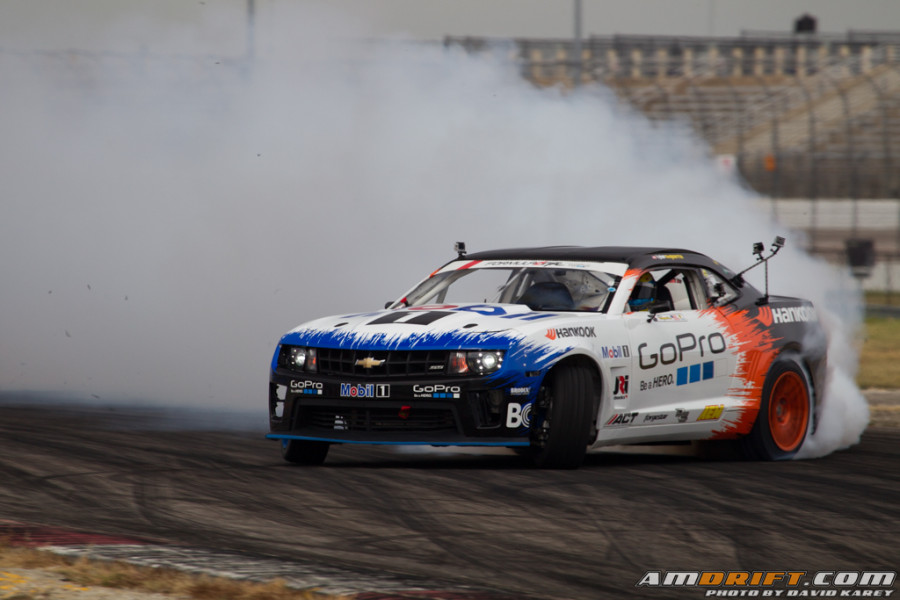 McQuarrie: “There’s so much time in the offseason preparing for the season with sponsors. Even during the season, starting in June, I’m sending proposals out to current sponsors, potential sponsors for next year to kind of set things up for the year to come, because that’s when they’re preparing their budget. In June, the middle of the season, I’m planning for next year. Once the offseason comes around, I’m in my office at home sending emails, redoing proposals, and doing renderings. The team we have now consists of a full size rig and 6 crew guys. Logistically getting everyone ready for the season and getting everyone their flights, dealing with the truck with IFTA, fuel tax, and all the regulations of a semi, is insane. I’ll be honest, I’ve been lucky to drive for a number of teams, and I got into drifting to where I was just showing up and driving. I didn’t have to work on my own car & bring it to the track like a lot of guys do. But when I bought this team from Gardella, it was an eye opener, and I actually went back to a couple team managers and apologized for being so difficult. There’s so much that goes on behind the scenes, and it has been interesting the past couple years being a driver and an owner, and learning how to get in the car and just be a driver. It’s a struggle, it’s a lot of work, but as long as it’s still fun, it’s worth it. I still love coming to the track and I am fortunate enough to say this is my job.”
McQuarrie: “There’s so much time in the offseason preparing for the season with sponsors. Even during the season, starting in June, I’m sending proposals out to current sponsors, potential sponsors for next year to kind of set things up for the year to come, because that’s when they’re preparing their budget. In June, the middle of the season, I’m planning for next year. Once the offseason comes around, I’m in my office at home sending emails, redoing proposals, and doing renderings. The team we have now consists of a full size rig and 6 crew guys. Logistically getting everyone ready for the season and getting everyone their flights, dealing with the truck with IFTA, fuel tax, and all the regulations of a semi, is insane. I’ll be honest, I’ve been lucky to drive for a number of teams, and I got into drifting to where I was just showing up and driving. I didn’t have to work on my own car & bring it to the track like a lot of guys do. But when I bought this team from Gardella, it was an eye opener, and I actually went back to a couple team managers and apologized for being so difficult. There’s so much that goes on behind the scenes, and it has been interesting the past couple years being a driver and an owner, and learning how to get in the car and just be a driver. It’s a struggle, it’s a lot of work, but as long as it’s still fun, it’s worth it. I still love coming to the track and I am fortunate enough to say this is my job.”
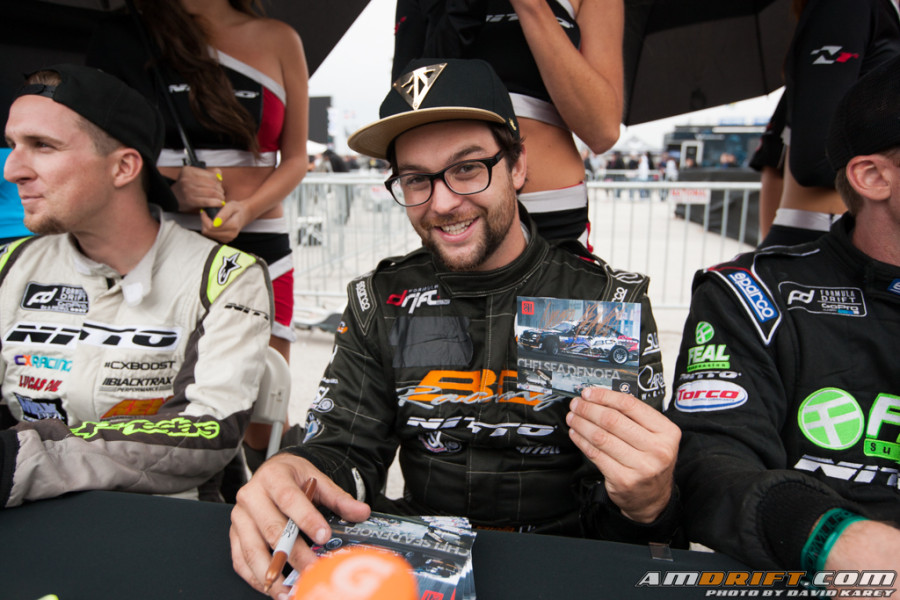 DeNofa: “Logistically, Formula D is definitely a difficult thing. I start planning all my stuff in January. You’re waiting for sponsorship money to come in some don’t show up until the end of February and maybe March. You’re kind of playing that game of maybe you’ll have the budget to do certain things or not. It’s really expensive to travel around the entire country and use trucks and trailers, and they have blowouts, or the trucks have issues and all those different things. Logistically, you’re gonna spend at least twice of what you think you’re gonna spend. If I think that gas is gonna be $10,000, it’s probably gonna end up being $15,000 because of all the little things you’re doing.”
DeNofa: “Logistically, Formula D is definitely a difficult thing. I start planning all my stuff in January. You’re waiting for sponsorship money to come in some don’t show up until the end of February and maybe March. You’re kind of playing that game of maybe you’ll have the budget to do certain things or not. It’s really expensive to travel around the entire country and use trucks and trailers, and they have blowouts, or the trucks have issues and all those different things. Logistically, you’re gonna spend at least twice of what you think you’re gonna spend. If I think that gas is gonna be $10,000, it’s probably gonna end up being $15,000 because of all the little things you’re doing.”
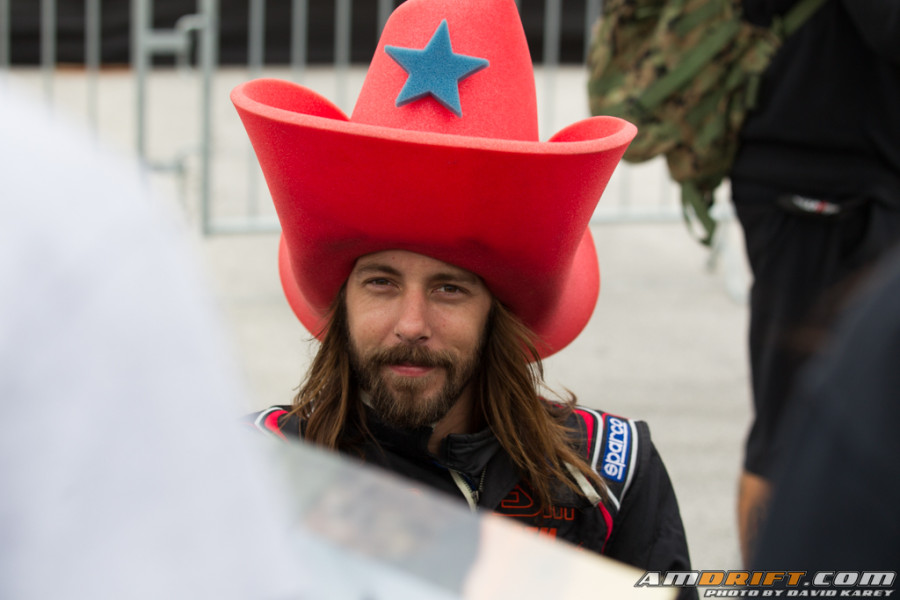 Hateley: “It depends on how well it goes, and how many people you have helping you out. If you have someone on your side helping you out with a lot of stuff, it’s a lot easier than just doing it yourself and having to worry about every little aspect of the team, and making sure that everything’s gonna be there and on time, ready to run. It’s a hell of a lot to think about, not just gas and tires. It’s making sure you have your safety equipment and that your car passes tech, making sure you have team members there to help out with the car, etc. That’s a big chunk of it, and I suggest getting help with that because if you try to do it yourself, then it takes up a huge chunk of your time and you still may not have enough time to do it. If you’re the person building and maintaining your car, that just adds into the equation. At that point, it just becomes impossible to do everything and make sure everything is in order, taken care of, and paid. It’s just way too much to concentrate on, and then after all that, you finally get to think about what it’s like to drive the car. I was so focused on having everything ready and making sure everything was correct this year, that I didn’t even think about driving the course until I was in the car on the starting line. That was the first time I was able to think about where am I gonna initiate, how fast I would be going, how I’m going to approach this course I’ve never driven before with this new car that I don’t feel like smashing yet, etc. Even then, things still happen. I’ve had the throttle pedal come off the floor, and I only got like 2 or 3 clean passes before qualifying. If I had spent more time thinking about the course or testing up at Willow, it would have really helped, but unfortunately there wasn’t enough time. You really should get help with your program, because it will make life a lot easier.”
Hateley: “It depends on how well it goes, and how many people you have helping you out. If you have someone on your side helping you out with a lot of stuff, it’s a lot easier than just doing it yourself and having to worry about every little aspect of the team, and making sure that everything’s gonna be there and on time, ready to run. It’s a hell of a lot to think about, not just gas and tires. It’s making sure you have your safety equipment and that your car passes tech, making sure you have team members there to help out with the car, etc. That’s a big chunk of it, and I suggest getting help with that because if you try to do it yourself, then it takes up a huge chunk of your time and you still may not have enough time to do it. If you’re the person building and maintaining your car, that just adds into the equation. At that point, it just becomes impossible to do everything and make sure everything is in order, taken care of, and paid. It’s just way too much to concentrate on, and then after all that, you finally get to think about what it’s like to drive the car. I was so focused on having everything ready and making sure everything was correct this year, that I didn’t even think about driving the course until I was in the car on the starting line. That was the first time I was able to think about where am I gonna initiate, how fast I would be going, how I’m going to approach this course I’ve never driven before with this new car that I don’t feel like smashing yet, etc. Even then, things still happen. I’ve had the throttle pedal come off the floor, and I only got like 2 or 3 clean passes before qualifying. If I had spent more time thinking about the course or testing up at Willow, it would have really helped, but unfortunately there wasn’t enough time. You really should get help with your program, because it will make life a lot easier.”
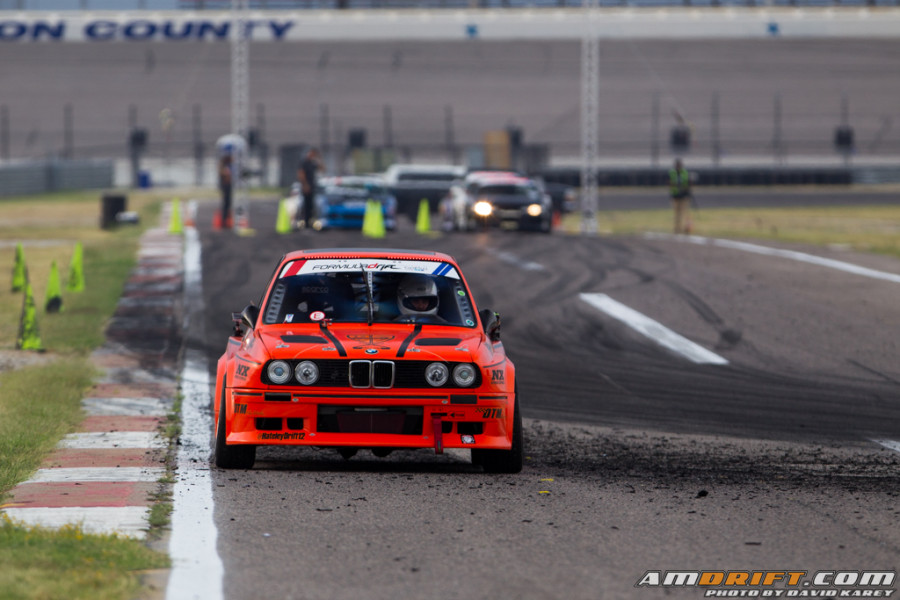 Formula D isn’t all the glitz and glamour everyone makes it out to be. Behind the scenes it gets tough and the main problem a lot of drivers face is time. It’s a race against the clock trying to get everything in order before the start of the season, and even during the season it’s a long road. Thinking about driving only scratches the surface, as you have an entire program to think about.
Formula D isn’t all the glitz and glamour everyone makes it out to be. Behind the scenes it gets tough and the main problem a lot of drivers face is time. It’s a race against the clock trying to get everything in order before the start of the season, and even during the season it’s a long road. Thinking about driving only scratches the surface, as you have an entire program to think about.
-Tabrese Sequeira

